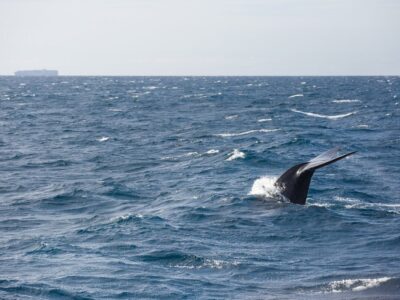
In June, the southwest monsoon rains are falling over Sri Lanka. Colombo is damp and humid, and the island’s southern beaches and mountainous center are experiencing intermittent rainfall. Sri Lanka’s northeastern half will be dry, however, making this a good time to explore the island’s less-touristed regions.
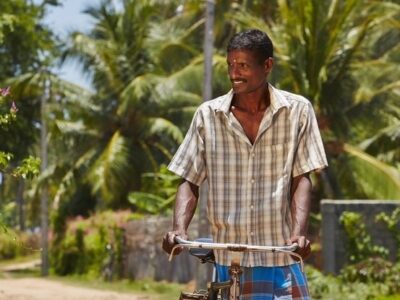
From dreamy rice fields to sprawling tea plantations, rural villages to nature preserves teeming with wildlife, the range of Sri Lanka's geographical and cultural treasures is astounding—and there's no better way to see it all than on two wheels. Find out how to navigate the roads, weather, and more with this comprehensive guide to cycling in Sri Lanka. _x000D_
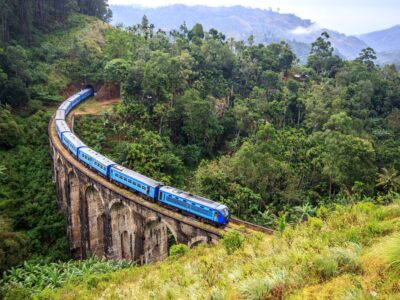
Sri Lanka is a compact country so domestic flights are limited. Newer highways are reducing travel times for those who take the bus. However, trains are the more comfortable way to get around. The best way to see Sri Lanks is on a bike and there is an excellent network of roads to get you around to every corner of the country.
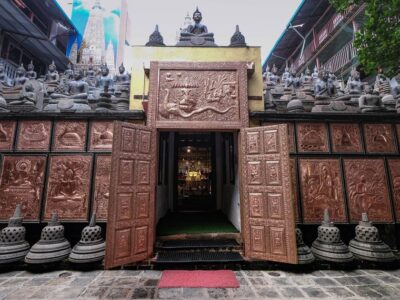
By February, peak tourist season is well underway in Sri Lanka. The beaches in the southwest are pleasant and dry, and the northeast monsoon is winding down. The Cultural Triangle also has good weather at this time.
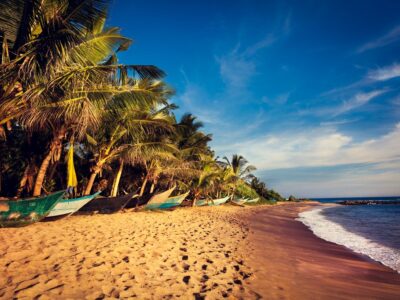
If you're looking to spend a little time laying out on any of Sri Lanka's waterfront shores, there are numerous beaches to choose from. Which one you end up at will likely depend on the time of year you travel and on the overall route of your tour.
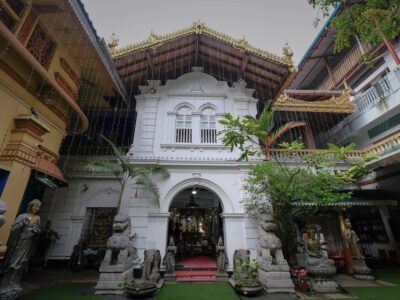
January is part of the high season in Sri Lanka, when the main tourist areas in the southwest are cool and dry. While the monsoon season is still going on in the northeast of the country, the late autumn rains in the "Cultural Triangle" will have mostly finished by now, making it a good time to visit the island’s historic sites.
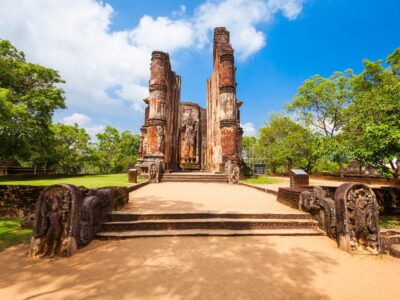
In Sri Lanka, warmth and good weather can be found year-round in different parts of the island. Thanks to the country's relatively small size, a getaway spent chasing pockets of favorable weather can be a great way to see the island's many highlights. Below is a guide for planning when to visit each region of Sri Lanka.
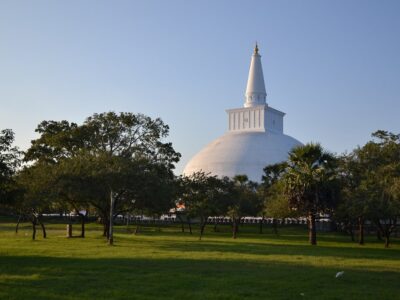
September is shoulder season in Sri Lanka. It’s a good opportunity to take advantage of thinner crowds and lower prices, before October brings in the rain and thunderstorms of the inter-monsoon period.
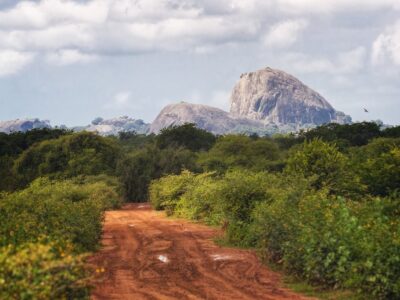
An intact flora and fauna collection is one of Sri Lanka’s greatest assets and a couple of park visits are a great way to break up your tour. Horton Plains, Yala, and Udawalawe National Parks are often the highlights, but each park has its own unique way to avoid the crowds and have an amazing experience.
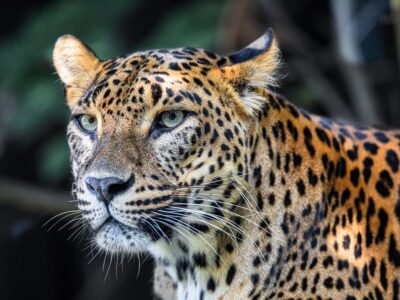
In May, the southwest monsoon will have started in Sri Lanka, and travelers can expect several hours of rain per day in Colombo and on the island’s southern beaches. On the other hand, the northeast monsoon will be over; this is a great month to check out northern and eastern Sri Lanka, the Cultural Triangle, and the hill country.
